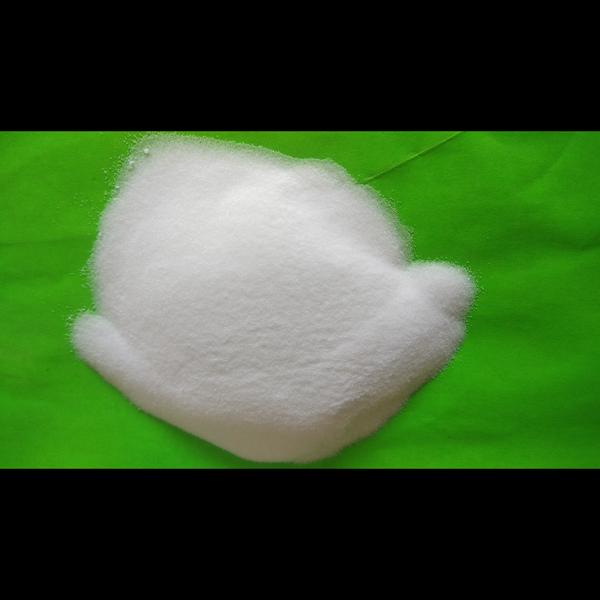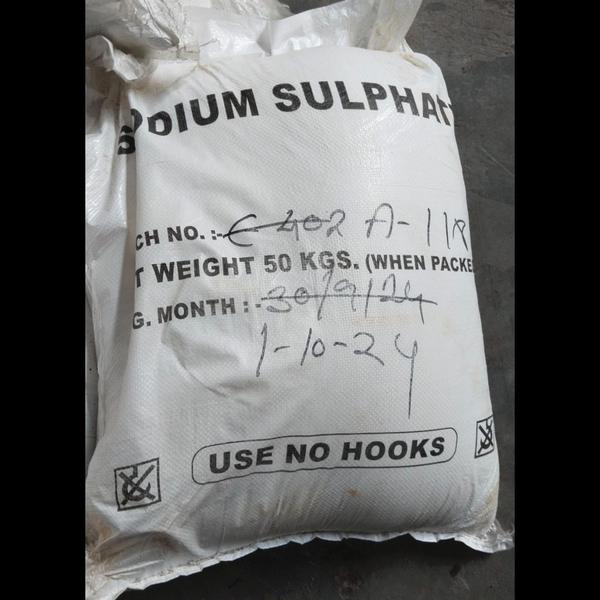What are Fertilizers?
Fertilizers are substances added to soil or plants to provide essential nutrients that help crops grow better and yield more.
🧪 Main Nutrients in Fertilizers
Nitrogen (N) – Promotes leafy and vegetative growth.
Phosphorus (P) – Helps in root development and flower/fruit production.
Potassium (K) – Improves disease resistance and overall plant health.
These are known as NPK nutrients.
🌿 Types of Fertilizers
1. Chemical (Inorganic) Fertilizers
Made synthetically or mined from minerals.
Examples:
Urea (46% N)
DAP (Diammonium Phosphate – 18% N, 46% P)
MOP (Muriate of Potash – 60% K)
How to use: Usually mixed in soil before or during planting; can also be used as top dressing during crop growth.
2. Organic Fertilizers
Made from natural sources like compost, animal manure, or plant residues.
Examples:
Cow dung, green manure, vermicompost
How to use: Apply before planting or as mulch around growing plants.
3. Biofertilizers
Contain living organisms that enhance soil fertility by fixing nitrogen or decomposing organic matter.
Examples:
Rhizobium (for legumes), Azotobacter, Mycorrhiza
How to use: Mix with seeds before sowing or apply in soil.
4. Slow-Release or Controlled-Release Fertilizers
Release nutrients gradually over time.
Examples: Coated urea, polymer-based granules
How to use: Apply directly to soil, especially in high-value crops.
✅ Benefits of Using Fertilizers
Improved crop yield and quality
Faster plant growth
Corrects nutrient deficiencies in soil
Supports sustainable farming when used properly
⚠️ Things to Remember
Use the right type of fertilizer for your crop and soil.
Avoid overuse – too much fertilizer can harm plants and pollute water.
Do soil testing to know exact nutrient needs.
Combine organic + inorganic for best long-term results.



